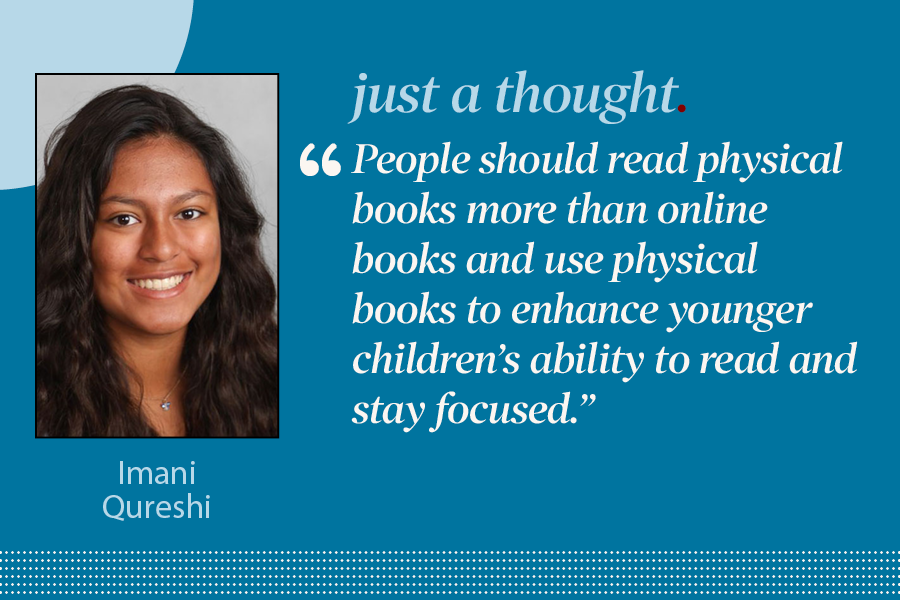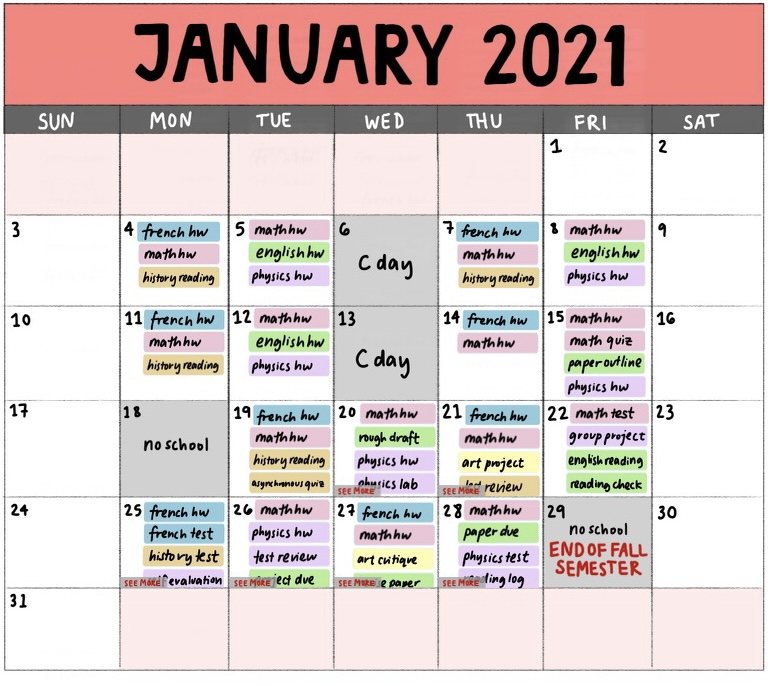New end-of-semester schedule concentrates too much work in too little time
With the adaptation of a new end-of-semester schedule, students had to learn new material while being tested on old content.
February 7, 2021
The U-High student body rarely finds itself in near-unanimous agreement on a given issue. However, for the previous four years, most students have shared a love for the end-of-term finals schedule. During the final week of the grading period, each class would meet once for 90 minutes and long breaks would punctuate the often-stressful classes, wherein students would take a test, give a presentation, do a lab, or end the year with a final assessment.
This year, the end of term was approached differently, creating an end-of-term assessment window across two weeks while keeping the daily schedule unchanged. In short, the end-of-semester period was a lot, and in the future, the previous schedule should be reinstated, whether school is online or in person.
These last two weeks were overwhelming mainly due to the lack of space within the daily schedule to do assigned work. Elimination of the “C” day in both of the two weeks of the assessment period meant no dedicated time for teacher office hours and no much-needed time to complete class assignments. Moreover, rather than having two full days between each class meeting — one of which would be the “C” day without classes — there was only one day in between each class meeting, and that day was filled with other classes and a new day’s worth of assigned work. This schedule left very little time for the more strenuous tasks students had to complete, such as research papers or test preparation. With no remaining time in the day, students worked longer into the night and earlier into the morning, creating an exhausting, stressful two-week-long cycle.
The semester’s last two weeks also brought a uniquely heavy workload upon students due to the combination of assessments and more standard assignments. For many classes — especially those that had assessments early in the two-week finals period — teachers gave their assessments and moved on to the next topic, as if it was simply another standard week of school. Two weeks of consistently covering new content while simultaneously testing older content was simply too much work concentrated in too little time.
While it is true that distance learning prompted a novel high school schedule — one that is already less dense than its in-person precedents — it would have been a worthy investment of time and organizational energy to switch to a more distanced end-of-semester schedule for the last weeks of the term. At the end of the year, whether the finals are in person or online, U-High should adapt the schedule used in previous years to better accommodate the mental, physical and educational needs of its students.































































